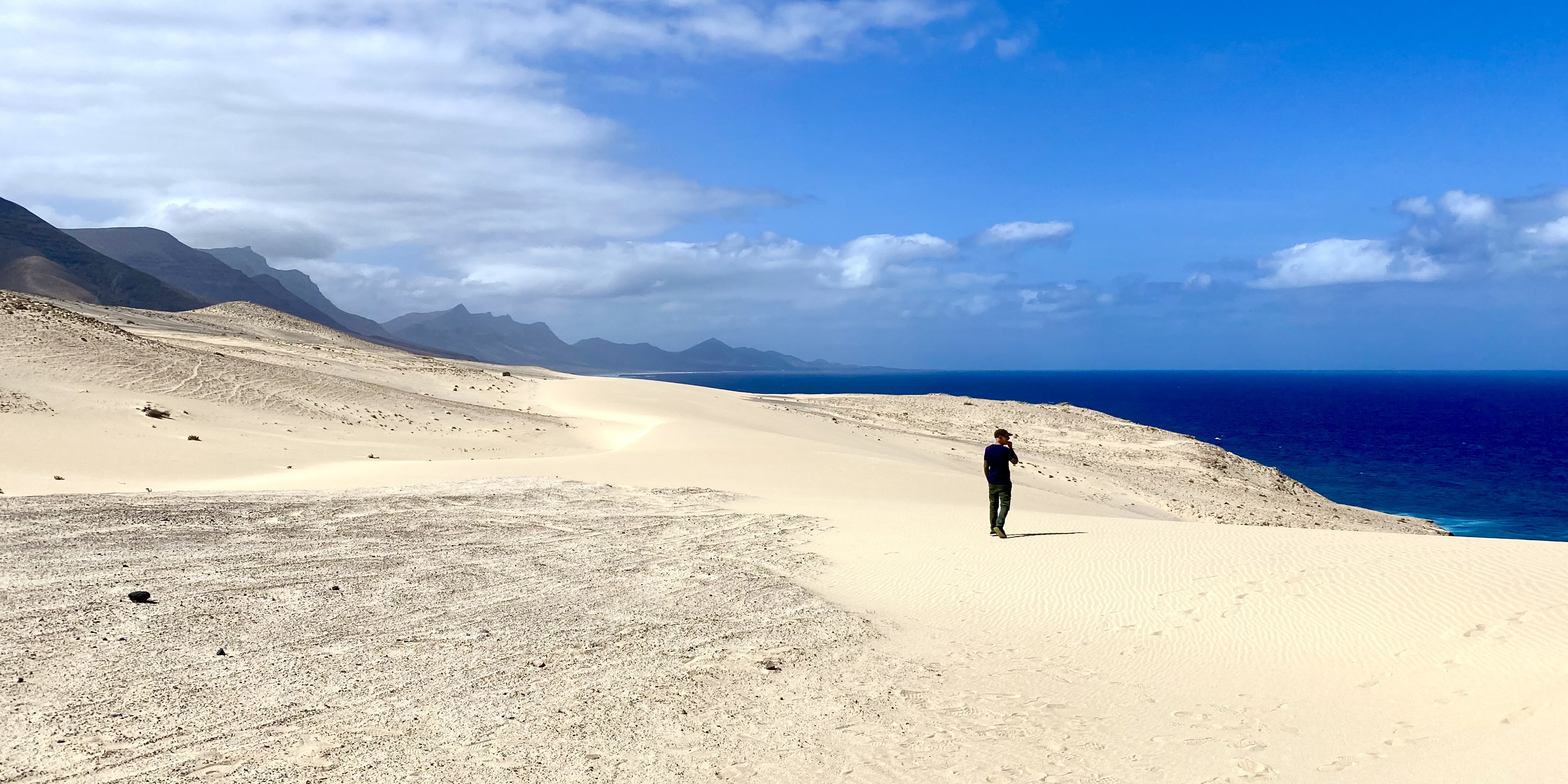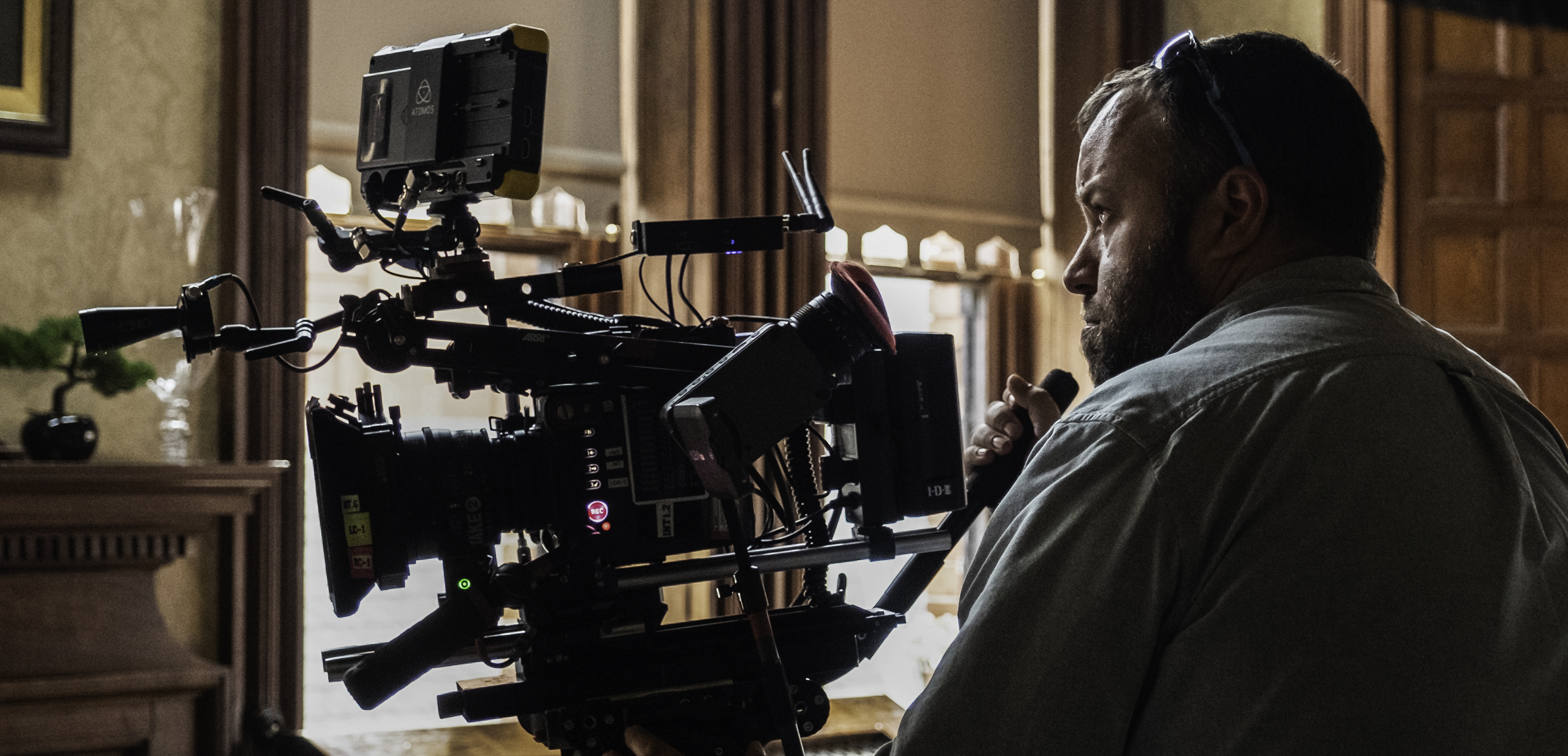When It Comes to HDR, the Eyes Have It
What looks right on set doesn’t always translate to the home TV

For most of the history of television, pictures have been created to satisfy a standard. The technology has not always been reliably capable of actually achieving those standards, as was obvious in retailers’ showrooms where sports fields glowed a dozen slightly different shades of green. Now, especially with the second generation of RGB OLED technology, accurate pictures have never been more accessible.
What’s new is a situation where pictures are increasingly shot to more than one standard. The demand for HDR often requires shooting for both that and SDR, while more exacting pictures demand more exacting monitoring. As HDR in itself becomes unremarkable then, new challenges have emerged to face people responsible for showing both the director and the viewing public an appropriate image.
What You See Isn’t What You Get
Owen McPolin, ISC, is a cinematographer whose experience includes features and serial drama such as “Outlander,” “Foundation,” “Shadow and Bone” and “Vikings,” among many others. Thinking back to early experiences of HDR, McPolin describes a process of discovery, beginning with tantalizing promises of better consumer displays.
“I was told that anything I would create on set would be exactly what people would get when they watched their HDR-enabled TV and I thought that was fantastic,” McPolin recalls, but accepts “that lies somewhere between fiction and truth. You know that some people have HDR TVs which have Dolby Vision, or they might have SDR TVs. You end up making decisions that might be described as compromises, sometimes.”
I was told that anything I would create on set would be exactly what people would get when they watched their HDR-enabled TV and I thought that was fantastic."
Owen McPolin, ISC
One of McPolin’s earliest experiences with HDR, on the second season of “Foundation,” made clear that interpretation of an SDR monitor on set needs to be tempered with consideration of the likely results in HDR, especially in a more controlled (read: darker) viewing environment.
“For example, we were in Lanzarote,” he said. “The landscape is very contrasty, with a very high volume of light. It’s volcanic so everything’s basalt and the landscape is dark, and you have characters walking around that landscape, then from the horizon up it’s really high levels of light.”
At first, the situation seemed tailor-made for HDR. “You think, as long as I pitch it in the middle my exposure will hold the top and the bottom. Then, in the grading suite I worked with a guy called Tony Dustin at Company 3 Toronto.
Get the TV Tech Newsletter
The professional video industry's #1 source for news, trends and product and tech information. Sign up below.

“He’s simply one of the best colorists out there, and he said ‘I have a little problem... you shot this sequence of this character walking through this landscape,” McPolin added. “The sky is holding, there’s details in the blacks, but in HDR people are going to be blown out of their seats by how bright the sky is.’ What you’re seeing on an SDR monitor on location is nowhere near what you’re going to get when you sit down with an HDR image.”
Some careful work by Dustin avoided trouble in that instance, but McPolin cites the situation as a cautionary tale.
“I’m being overly critical and oversensitive about it, but I was really surprised,” he said. “I was sitting in a darkened interior in Screen Scene in Dublin and I needed sunglasses.
“When you get down to the basics, people like me have to turn to the director who’s asking ‘is what I’m seeing here going to come out on the screen?’ You have to say ‘not really, it’s going to be different. Now Tony has developed a cunning way of working in HDR, to render the desired result, but it takes both experience and time to achieve it.”
Out of the Dark
Long-term solutions will arise from both technology and the understanding of that technology. Bill Feightner is CTO at Colorfront, a company specialising in exactly the kind of picture processing which is crucial to both SDR and HDR workflows in drama and broadcast.
(Read: HDR: Simply Better Pixels)
Feightner is the recipient of several awards, including a technical achievement award from AMPAS and the SMPTE Technicolor/Herbert T. Kalmus Medal; he co-founded Deluxe’s EFILM lab and served as CTO for more than two decades.
Feightner refers to the audience complaint that certain productions have looked “too dark,” something he puts down not so much to camerawork or grading, but the environment of the grade.
“Often it was graded in a very, very dark room,” he points out, “and the artistic intent was to have some things barely perceivable. If you’re going out to anything but a controlled environment, say in a cinema or something, then you’re going to have problems. Your eyes will adjust to the ambient conditions they’re in. What was perceivable in a very dark room is not going to survive.”
The comparison of HDR and SDR displays can be counter-intuitive in other ways, as Feightner notes.
“Another gotcha is that a lot of home TVs, when you’re watching normal SDR content, show it a lot brighter than the 100-nit brightness that is the best practice standard. Most home TVs will automatically have a peak brightness, in SDR, of 200 to 300 nits. That’s three times the light—but when the same TVs switch to HDR they’re quite well calibrated. It is often the case that mid greys will actually look darker in HDR, if you haven’t compensated [for] the boosted light levels of SDR.”
Colorfront’s proprietary solution, Feightner says, is straightforward in concept.
“The HDR default is adjusted up so it will look good in a dim surround–not a pitch black viewing environment which people often don’t have,” he said. “It’s one of those things that the whole industry needs to address; adjusting for the ambient surround. Ideally that would be something that would happen in the TV, but there’s no real standard way of doing that. Some TVs have made attempts at it [but] our standards really need to be revised. There’s a lot that has to be thought about.”
Broadcasters and drama producers have closely-related concerns, and Feightner’s approach exists not only in software for post production, but also hardware, in the AJA FSHDR device for trucks and studios.
“We did a test for the Rose Parade in L.A. a couple years ago, handling the whole thing as HDR, and derived the SDR from that,” Feightner said. “The video shader had a Sony X300 [precision HDR reference display]. With a foot switch he could either see HDR or SDR and he was very happy. He used to switch back and forth, and then he saw they matched, and he said ‘I don’t need to flip back and forth because I knew everything would match.’ It proves everything can work.”
‘Like a First Generation Print’
Variability in domestic viewing seems inevitable. Perhaps as a result, various other initiatives have been tried—not least of which involves viewer education. Cinematographer Stephen Murphy, BSC, ISC, has credits on “Mr and Mrs Smith” for Amazon, “Atlanta” for FX/Disney and “No One Gets Out Alive” for Netflix. He describes his taste in pictures as leveraging the ability of HDR to render not only bright highlights, but also dark blacks.

“The way I shoot, and the way I want stuff to look, tends to mean that I’m using only a small fraction of what HDR is capable of displaying,” Murphy states. “I don’t want the HDR version to be significantly different from the SDR version.
“I would say the HDR version is like a first generation print straight out of the lab,” Murphy added. “The blacks are nice and shiny and have more lustre, the highlights have more clarity, and there’s an improvement in the range of colors available. I don’t think you should be making HDR versions that suddenly have a substantially different look. There’s been plenty of times when I’ve had my highlights at 200 nits at the most. I have the full range of a thousand nits, but I don’t use it because I don’t want it to look like that.”
I don’t think you can account for the variation of people placing their TV in front of a bright sunny window dialled up to 11.”
Stephen Murphy
Better on-set monitoring is, Murphy says, increasingly available. “Everything I’ve shot in the last three years has been HDR primary… and on the project I wrapped recently, we had HDR on set.”
Regardless, no filmmaker can guarantee the viewer has a viewing setup which will lead to a comparable experience, even with the best equipment, Murphy added.
“All you can do is finish your show to the highest possible level in a suite you know is consistent. I don’t think you can account for the variation of people placing their TV in front of a bright sunny window dialled up to 11.”
Advising the audience on TV placement, and the creator mode increasingly found on consumer equipment, might help—although the link between the creative and the audience seems persistently weak, as Murphy says, with bandwidth limits affecting pictures particularly in HDR.
“I think the issues are sometimes not what the cinematographer has done or what the colorist has done, but about how the networks are broadcasting those episodes. There’s a huge variability from network to network in how they broadcast. That’s what we need to try and improve.”
Murphy concludes with an idea which has probably dogged film and TV creatives for the entire history of cinematography. “It has to try to catch up with us, the creatives, rather than the other way around… to me it’s a display issue, not a creative issue. It’s about how I get this show to look its best on this display.”
